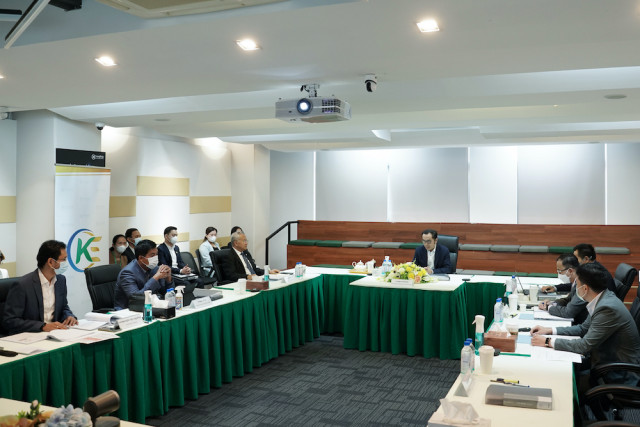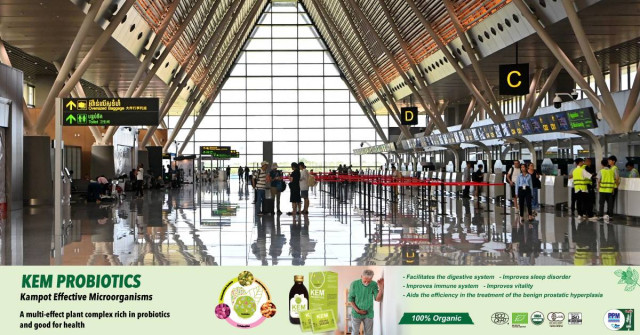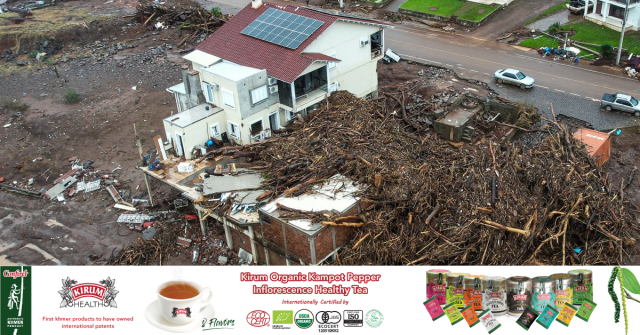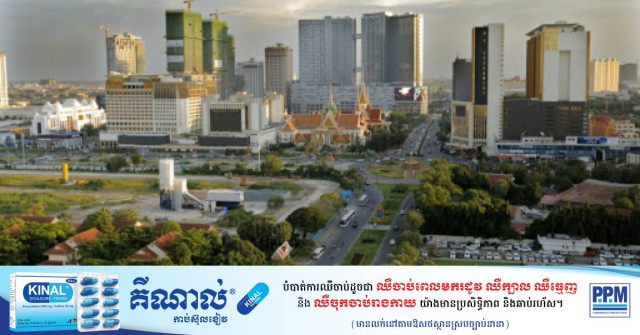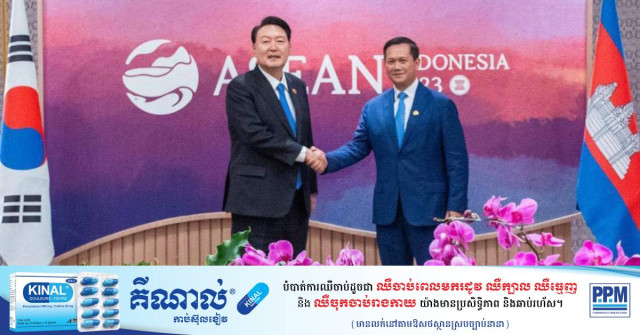How Is Visual Media Reshaping Education?
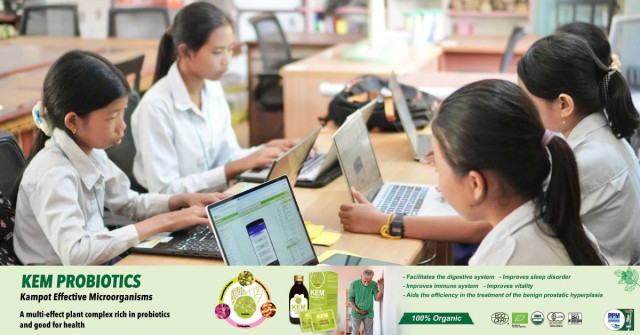
- By Sarik Seangmeng
- April 30, 2024 4:10 PM
The education sector worldwide is undergoing a dramatic transformation fueled by the explosion of visual media. Visual media and visual communication are essential influences on this global change. Visual media is just one aspect of a broad concept of visual communication, and these connections between visual media and visual communication play a crucial role in engaging and capturing people’s attention in our visual world.
Visual learning became popular in education, a subset of visual media, especially after post-COVID-19. A new approach to visual learning to grab students’ interest and enhance their understanding comes from teachers using visually appealing materials such as videos, animations, and other mediums. Its growth expresses an evolution from traditional teaching methods that rely on text-based learning. Naturally, students are attracted to visual learning, especially in an era of multimedia content. Visual learning adaptations enable educators to make learning more effective and enjoyable.
Whether digital or tactile, visual learning aids are more than simply entertainment; they can assist diverse learning styles and engage multiple senses, particularly sight, improving student understanding and increasing engagement. Studies have shown that the human brain processes visual information 60,000 times faster than text, which is why integrating visual media in the classroom may improve memory and understanding of complicated topics.
Pedagogical institutions can reap significant benefits by adopting visual media in teaching. Firstly, it makes learning more exciting and boosts student engagement. Engaging visuals capture students' attention, fostering a learning environment conducive to deeper understanding. Secondly, visual media facilitates the development of interactive learning tools. These tools empower students by giving them more control over their studies, enhancing the educational experience. Lastly, technology provides teachers with diverse materials, particularly in subjects such as social studies, that improve the learning experience.
The COVID-19 epidemic caused enormous disruptions in schooling around the globe, including Cambodia. The Ministry of Education, Youth, and Sport (MoEYS) moved immediately, shutting schools and transitioning to online learning. Visual communication using television, Facebook, YouTube, Telegram, and websites helped preserve a link between teachers and students, ensuring that education continued throughout these challenging times.
Education Minister Hangchuon Naron has created an online portal to promote visual communication in Cambodia's educational system. This platform leverages the internet, an essential aspect of visual media, to enhance academic outcomes. It provides virtual schools, courses, and a platform for sharing research to improve online Khmer language resources for studying, researching, and self-learning.
“This innovative platform allows the public to create virtual schools and develop courses on the website, enabling students to study at their own pace, anytime and from anywhere,” he said during the launch of Sala Digital, an online learning platform, on February 6, 2024.
Of course, Visual communication in education comes with its disadvantages. The first concern is design issues, which may arise when teachers misuse visual aids, which can confuse students rather than help them. For example, irrelevant graphics may distract from the essential points teachers wish to make in their courses. Teachers must carefully choose visual materials that support learning objectives and are understandable. Furthermore, visual communication might be difficult to interpret, especially for students with different learning styles. Creating visual aids might be time-consuming, so they may not reach all students equally. Despite these limits, as visual communication can improve learning results and keep students interested, it is best to use it wisely.
In Cambodia, where digital technology is rapidly expanding, the adoption of visual media in education improves students’ engagement due to diverse, fun learning methods. Visual aids promote distance learning and build bridges of communication between teachers, students, and parents. Using visual media, teachers can make learning material more readily accessible, growing students’ digital literacy and promoting inclusivity for students with disabilities. In this age of digital growth, visual media is transforming Cambodia’s educational landscape and making learning more accessible and effective for students of various backgrounds.
Sarik Seangmeng has recently gained five years of experience in the multimedia field.









